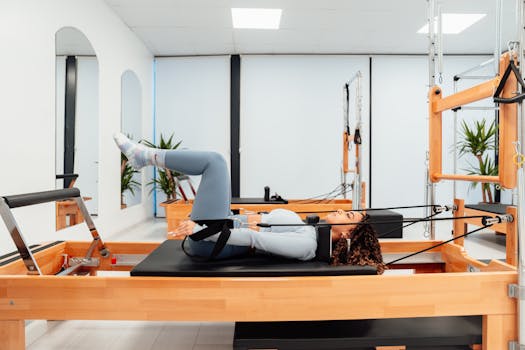Glute Exercises: How to Get a Butt
The quest for a well-defined and toned buttocks has become a popular fitness goal for many individuals. Whether driven by aesthetic desires or functional benefits, strengthening the glute muscles can enhance overall body composition and improve athletic performance. This article delves into effective glute exercises, their benefits, and tips for achieving the best results.
Understanding the Glute Muscles
Before diving into specific exercises, it’s essential to understand the anatomy of the gluteal muscles. The glutes consist of three primary muscles:
- Gluteus Maximus: The largest muscle in the buttocks, responsible for hip extension and outward rotation.
- Gluteus Medius: Located on the outer surface of the pelvis, it plays a crucial role in hip stabilization and abduction.
- Gluteus Minimus: The smallest of the three, it assists in hip stabilization and internal rotation.
Strengthening these muscles not only enhances the appearance of the buttocks but also contributes to better posture, reduced risk of injury, and improved athletic performance.
Effective Glute Exercises
Incorporating a variety of exercises into your routine can help target all areas of the glutes. Here are some of the most effective glute exercises:
- Squats: A fundamental exercise that targets the glutes, quadriceps, and hamstrings. Variations include bodyweight squats, goblet squats, and barbell squats.
- Deadlifts: This compound movement engages the glutes, hamstrings, and lower back. Variations include conventional deadlifts, sumo deadlifts, and Romanian deadlifts.
- Lunges: Lunges work the glutes and legs while improving balance. Try forward lunges, reverse lunges, and lateral lunges for variety.
- Hip Thrusts: This exercise isolates the glutes and is highly effective for building strength and size. Use a barbell or resistance band for added resistance.
- Glute Bridges: Similar to hip thrusts but performed on the ground, glute bridges are excellent for beginners and can be modified with single-leg variations.
- Step-Ups: Using a bench or step, this exercise targets the glutes and legs while also improving coordination and balance.
Creating a Balanced Workout Routine
To achieve optimal results, it’s crucial to create a balanced workout routine that incorporates glute exercises along with other muscle groups. Here are some tips for structuring your workouts:
- Frequency: Aim to train your glutes 2-3 times per week, allowing for adequate recovery between sessions.
- Progressive Overload: Gradually increase the weight or resistance used in your exercises to continue challenging your muscles.
- Variety: Incorporate different exercises and variations to target all areas of the glutes and prevent plateaus.
- Warm-Up and Cool Down: Always include a proper warm-up to prepare your muscles and a cool-down to aid recovery.
Nutrition and Recovery
While exercise is vital for building muscle, nutrition and recovery play equally important roles. Here are some key points to consider:
- Protein Intake: Consuming adequate protein is essential for muscle repair and growth. Aim for a protein-rich meal or snack post-workout.
- Hydration: Staying hydrated supports overall performance and recovery. Drink plenty of water throughout the day.
- Rest: Allow your muscles time to recover by incorporating rest days into your routine. Sleep is also crucial for muscle recovery and growth.
Conclusion
Achieving a toned and strong buttocks requires dedication, consistency, and a well-rounded approach that includes effective glute exercises, proper nutrition, and adequate recovery. By understanding the anatomy of the glutes and incorporating a variety of exercises into your routine, you can enhance your overall fitness and achieve your desired aesthetic goals. Remember, patience is key; results take time, but with commitment, you can sculpt the butt you desire.
